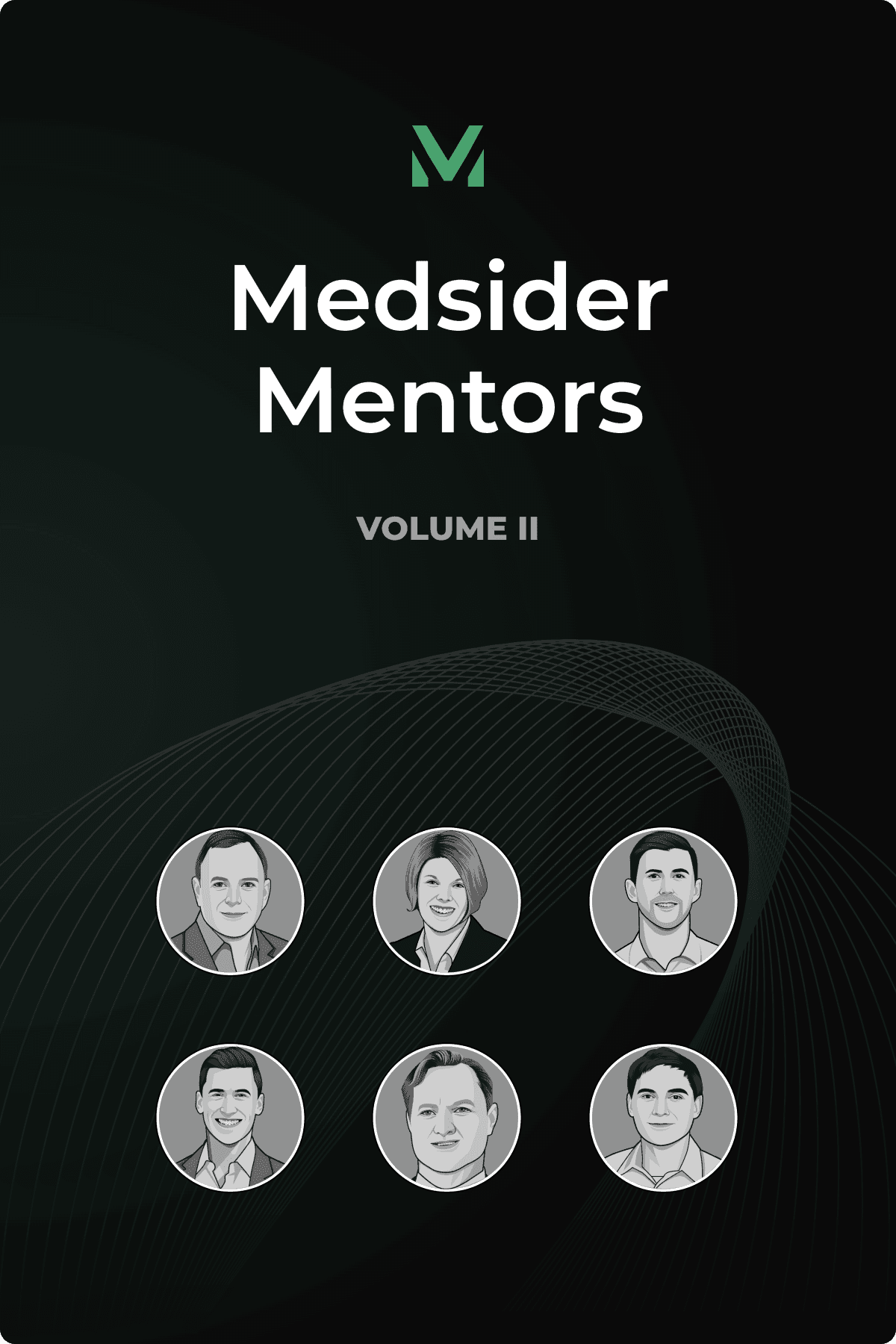Empathy-Driven Innovation
Interview with MOLLI Surgical CEO Ananth Ravi

Under the guidance of Ananth Ravi, MOLLI Surgical has made strides in the field of soft tissue localization technology for breast cancer treatment. This pioneering device, also known as MOLLI, precisely marks lesions for surgical removal. It’s poised to replace outdated procedures, offering greater precision, efficiency, cost-effectiveness, and enhanced patient comfort and care.
Ananth has always been captivated by the intersection of technology and physics in practice, yet his true motivation stems from his deep empathy for patients. During his years in Zambia, he tragically lost his best friend to treatable brain cancer. Years later, he found his true calling in addressing the pain points of patients undergoing cancer treatments.
His point of no return was witnessing a poignant moment at a Patient Family Advisory Committee meeting at Sunnybrook Hospital. There, he listened to a breast cancer patient’s treatment story. She had undergone procedures where fishing hook-like wires were used to localize the cancer. This ignited his resolve to find a better, less painful solution for patients.
Working closely with his current CTO (Chief Technology Officer), John Dillon, who was his first student at the time, Ananth embarked on developing a solution to mark surgical spots with minimal pain and discomfort. Through their collaborative efforts, MOLLI emerged—a novel technology featuring a tiny, permanent implant magnet, the size of a sesame seed. It was a leap forward in patient care, eliminating the discomfort of traditional methods and allowing for procedures to be scheduled at the patient's convenience.
At the time, Ananth and John thought about MOLLI purely academically. They were targeting the patients in Sunnybrook while slowly making improvements to the project. It was when MOLLI started to attract the attention of outside institutes that Ananth realized there was potential for growth, both for the company and its impact on society.
Beyond commercial success, Ananth yearns to revolutionize cancer treatment on a larger scale. He stated, “The real reason why we created MOLLI in the first place and why I left clinical practice for it, is to be able to take innovation, scale it up, and have an impact that's not just confined to a single institution. We structured our company to focus heavily on commercialization, yet we dedicate half of our efforts to research and development. We're continuously innovating. We’re aiming to launch significant new products every year or year and a half. Introducing original and impactful solutions is fundamental to our mission.”
In 2023, MOLLI Surgical introduced the MOLLI re.markable that improves precision and enhances patient comfort by enabling the adjustment of markers through the skin, without requiring invasive surgery.
Ananth shares, “I influenced the care of about 10,000 patients in just one year, and it’s continually growing, which has become quite addictive for me. Helping on such a large scale is deeply rewarding, and the journey has been incredibly fulfilling in ways I hadn't anticipated."
Looking forward, MOLLI is set to unveil new devices in 2024, possibly venturing beyond breast cancer care, and continuing to address challenging clinical needs with patient care and innovation at its core.
Key Learnings From Ananth’s Experience
Immerse yourself in the environment where your product will be used. Ensure that your innovation is driven by a real, identifiable problem. Then build products that minimize risk, maximize patient benefit, have a low learning curve, and are user-friendly and clinically effective. Continue to stay engaged with your stakeholders even after building your MVP.
Be purposeful from the start. Actively work on expanding your network, raising awareness of your vision, and understanding the market. As you build and leverage consultants, be sure your core team isn’t overly reliant on any particular individuals or firms.
Having a variety of funding sources is imperative for sustainable growth, especially as your company evolves through various stages. That said, it’s important that you consistently communicate the impact, value, and significance of your company's work to your investors. This is key for appealing to both existing and potential capital partners.
You May Like These Articles
Medsider Premium
Become a premium member and unlock access to exclusive Medsider benefits.



